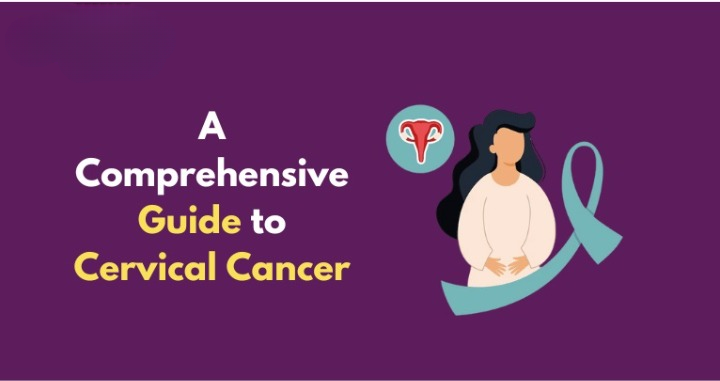Empowering Women’s Health: A Comprehensive Guide to Cervical Cancer Causes, Symptoms, Diagnosis, and Prevention –Discover a comprehensive guide to cervical cancer, a vital resource for women’s health. Uncover the mysteries surrounding its causes, symptoms, diagnosis, and preventive measures, providing valuable insights for informed decision-making.
Empowering Women’s Health: A Comprehensive Guide to Cervical Cancer Causes, Symptoms, Diagnosis, and Prevention

Summary
Cervical cancer is a formidable adversary that affects the lower part of the uterus, the cervix. This article explores the causes, symptoms, diagnosis, and prevention of cervical cancer, offering valuable insights into women’s health. From the impact of human papillomavirus (HPV) to preventive measures and advanced treatments, here’s a comprehensive guide to empower and educate.
Causes:
Cervical cancer is primarily caused by the human papillomavirus (HPV), which spreads through sexual contact. Not all HPV types lead to cervical cancer, but certain risk factors, such as multiple sexual partners and early sexual activity, increase susceptibility.
Symptoms:
Recognizing the symptoms is pivotal for early detection. Common signs include abnormal vaginal discharge, pelvic pain, painful intercourse, and vaginal bleeding. Understanding these symptoms empowers individuals to seek timely medical attention.
ALSO READ –Abscesses: Causes, Symptoms, Diagnosis, Treatment, and Prevention
Diagnosis:
Common Methods:
- Pap Smear: Cells from the cervix are examined for abnormalities.
- HPV DNA Test: Detects the presence of HPV infections.
- Cone Biopsy: A magnifying instrument, a colposcope, examines the cervix.
- MRI Scan: Provides detailed images to assess the cancer’s extent.
Treatments:
Cervical cancer treatments vary based on the stage. Commonly recommended treatments include surgery, radiation, and chemotherapy. Surgery becomes necessary in severe cases to remove the cancerous tissues.
Complications:
Complications of cervical cancer and its treatment include early menopause, narrowing of the vagina, lymphoedema, severe pain, kidney failure, and blood clots. Understanding these potential complications helps patients make informed decisions.
Prevention:
Preventing cervical cancer involves vaccination against HPV, regular Pap smears after the age of 35, safe sexual practices, and avoiding smoking. These preventive measures are crucial for maintaining women’s health.
Questions To Ask Your Doctor:
Asking the right questions can provide clarity and guidance. Questions like the causes of symptoms, curability, prevention strategies, and the frequency of follow-up visits empower individuals to actively manage their health.
Nutrition:
A balanced diet plays a role in supporting overall health during and after cervical cancer treatment. Foods rich in beta-carotene, folic acid, and lycopene are beneficial, while sugary foods should be limited.
Conclusion:
Cervical cancer is a significant health issue, but with awareness, early detection, and preventive measures, its impact can be minimized. Regular screenings, vaccinations, and a healthy lifestyle are key components in the fight against cervical cancer. By staying informed and proactive, individuals can take charge of their well-being and contribute to the ongoing battle against this formidable disease.
ALSO READ –Abscesses: Causes, Symptoms, Diagnosis, Treatment, and Prevention